Home>Gardening & Outdoor>Landscaping Ideas>What Is Timothy Grass Used For
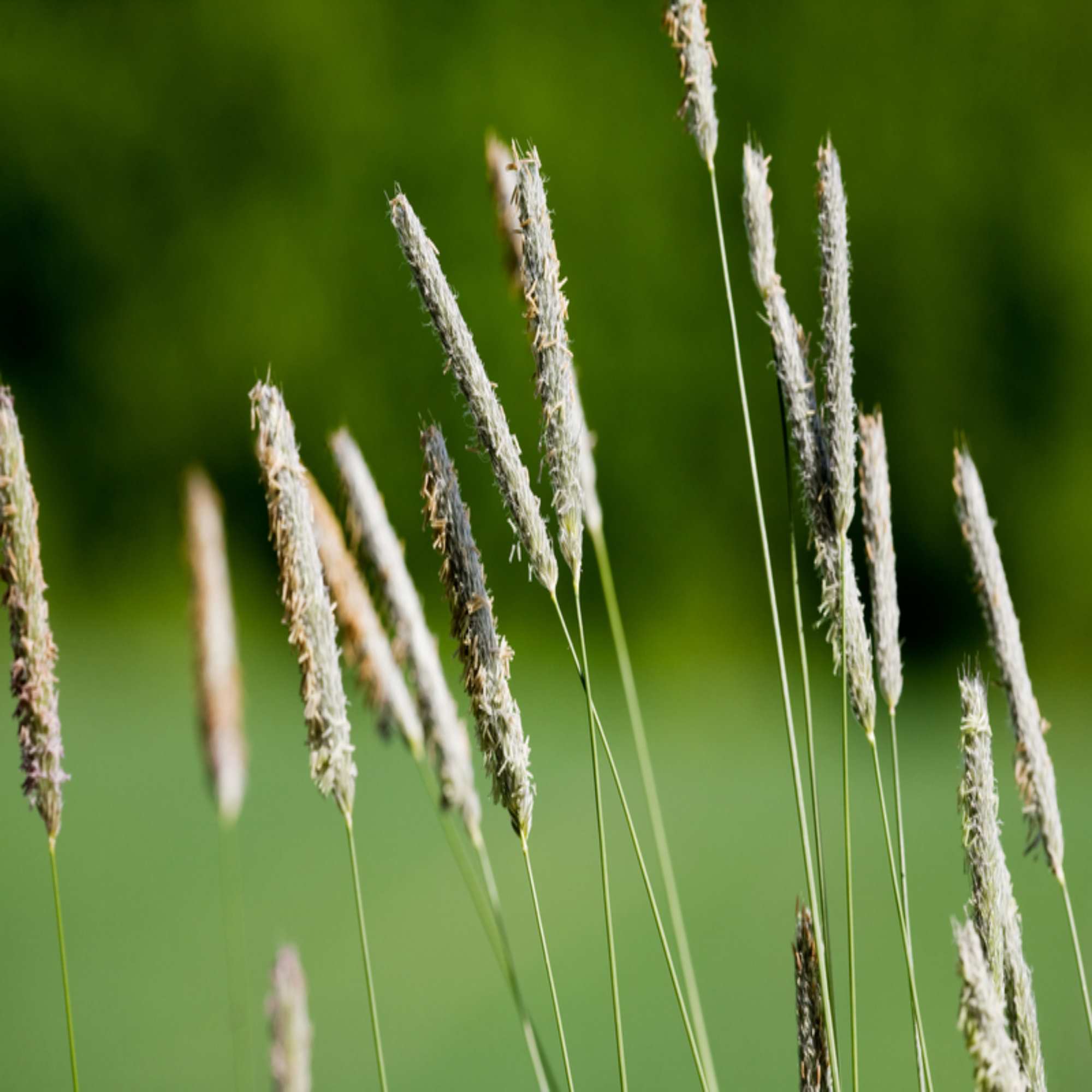

Landscaping Ideas
What Is Timothy Grass Used For
Modified: March 26, 2024
Discover the benefits of using Timothy grass for landscaping ideas. Learn how this versatile grass can enhance your outdoor space and create a lush, vibrant landscape.
(Many of the links in this article redirect to a specific reviewed product. Your purchase of these products through affiliate links helps to generate commission for Storables.com, at no extra cost. Learn more)
Introduction
Timothy grass, scientifically known as Phleum pratense, is a perennial grass native to Europe and Asia but widely naturalized in North America. This cool-season grass is highly valued for its versatility and numerous applications in agriculture, animal husbandry, and landscaping. Its adaptability to various soil types and climates, along with its rich nutritional content, has made it a popular choice for a wide range of purposes.
Timothy grass is characterized by its tall, slender stems and dense, cylindrical flower spikes, which give it a distinctive appearance in fields and pastures. Its ability to thrive in cool, moist environments makes it an ideal choice for regions with temperate climates. Additionally, its deep root system contributes to its resilience and ability to withstand grazing and trampling, making it a reliable and sustainable option for various land management practices.
The unique properties of Timothy grass have positioned it as a valuable resource for enhancing soil quality, providing nutritious forage for livestock, and contributing to erosion control efforts. Its widespread availability and adaptability have further solidified its reputation as a go-to grass species for a multitude of practical applications.
As we delve deeper into the characteristics and uses of Timothy grass, it becomes evident that this resilient and multifaceted plant plays a pivotal role in various industries and environmental initiatives. From supporting agricultural productivity to promoting sustainable land management, Timothy grass continues to make a significant impact on diverse sectors, underscoring its importance in our ecosystem.
Key Takeaways:
- Timothy grass is a versatile and resilient plant used in agriculture, animal feed, landscaping, and erosion control. Its adaptability, nutritional value, and soil-stabilizing properties make it indispensable for sustainable land management.
- Timothy grass plays a crucial role in providing high-quality forage for livestock, enhancing outdoor landscapes, and safeguarding vulnerable areas from erosion. Its multifaceted uses highlight its enduring relevance in promoting sustainable practices and environmental conservation.
Characteristics of Timothy Grass
Timothy grass, scientifically known as Phleum pratense, possesses a unique set of characteristics that contribute to its widespread utility and resilience. This cool-season perennial grass typically reaches heights of 2 to 4 feet, with slender, erect stems that support dense, cylindrical flower spikes. Its distinctive appearance and robust growth habits make it easily recognizable in fields and pastures.
One of the defining features of Timothy grass is its adaptability to a variety of soil types and climates. It thrives in cool, moist environments, making it well-suited for regions with temperate climates. Its ability to withstand grazing and trampling, thanks to its deep root system, underscores its resilience and sustainability as a forage grass.
Timothy grass is also known for its high nutritional value, making it an excellent choice for livestock feed. It boasts a balanced ratio of protein, fiber, and energy, providing essential nutrients for grazing animals. This nutritional profile contributes to the overall health and productivity of livestock, making Timothy grass a preferred forage option for many farmers and ranchers.
In addition to its agronomic benefits, Timothy grass plays a crucial role in soil conservation and erosion control. Its extensive root system helps bind soil particles together, reducing the risk of erosion in vulnerable areas. This characteristic makes Timothy grass a valuable asset in land management practices, particularly in regions prone to soil degradation and erosion.
Furthermore, Timothy grass exhibits a remarkable ability to establish and persist in diverse ecological settings. Its adaptability and resilience make it a reliable choice for reseeding and restoration projects, where its rapid growth and robust nature contribute to the successful rehabilitation of disturbed landscapes.
Overall, the characteristics of Timothy grass, including its adaptability, nutritional value, and soil-stabilizing properties, position it as a versatile and valuable grass species with wide-ranging applications in agriculture, animal husbandry, and environmental conservation efforts. Its unique attributes make it a cornerstone of sustainable land management practices and a key contributor to the overall health and productivity of ecosystems where it is cultivated.
Uses of Timothy Grass
Timothy grass, with its diverse array of applications, serves as a valuable resource across various industries and environmental initiatives. Its versatility and resilience make it an indispensable component in agriculture, animal husbandry, and landscaping. The following are some of the primary uses of Timothy grass:
-
Agriculture: Timothy grass is widely utilized in agriculture for hay production and pasture establishment. Its high yield potential and nutritional value make it a preferred choice for producing high-quality forage. Farmers often cultivate Timothy grass to harvest as hay, providing a nutrient-rich feed source for livestock, particularly horses and cattle. Its adaptability to different soil types and climates further enhances its appeal as a reliable forage crop, contributing to sustainable agricultural practices.
-
Animal Feed: The nutritional composition of Timothy grass makes it an ideal feed option for livestock. Its balanced ratio of protein, fiber, and energy supports the dietary requirements of grazing animals, promoting their overall health and productivity. Whether used for grazing or harvested as hay, Timothy grass plays a crucial role in meeting the nutritional needs of livestock, thereby contributing to the efficiency and sustainability of animal husbandry operations.
-
Landscaping: Timothy grass is also valued for its ornamental and aesthetic qualities, making it a popular choice for landscaping projects. Its tall, slender stems and dense flower spikes lend a graceful and natural appeal to gardens, parks, and public spaces. Additionally, its adaptability to various growing conditions and its low maintenance requirements make it an attractive option for enhancing the visual appeal of outdoor landscapes.
-
Erosion Control: Due to its extensive root system and soil-stabilizing properties, Timothy grass is employed in erosion control efforts. Its ability to bind soil particles and prevent erosion makes it an essential component in soil conservation projects, particularly in areas susceptible to degradation. By establishing dense root networks, Timothy grass helps mitigate the impact of water and wind erosion, contributing to the preservation of soil quality and the protection of vulnerable landscapes.
-
Restoration Projects: Timothy grass is often utilized in ecological restoration and reseeding initiatives. Its rapid growth and adaptability enable it to thrive in diverse ecological settings, making it an effective choice for rehabilitating disturbed landscapes. Whether used to restore native habitats or stabilize degraded areas, Timothy grass plays a pivotal role in promoting the ecological resilience and biodiversity of ecosystems.
In summary, the multifaceted uses of Timothy grass underscore its significance as a versatile and valuable grass species with far-reaching implications. From supporting agricultural productivity and animal nutrition to enhancing landscapes and contributing to environmental conservation, Timothy grass continues to demonstrate its indispensable role in various sectors, emphasizing its enduring relevance in our ecosystem.
Timothy Grass in Agriculture
Timothy grass holds a prominent position in agriculture, serving as a vital component in hay production and pasture establishment. Its exceptional yield potential and nutritional value make it a preferred choice for cultivating high-quality forage. Farmers rely on Timothy grass to meet the dietary needs of livestock, particularly horses and cattle, due to its rich nutrient content and palatability.
One of the key advantages of Timothy grass in agriculture is its adaptability to diverse soil types and climates. This resilience allows for successful cultivation in a wide range of agricultural settings, contributing to sustainable farming practices. Additionally, its cool-season growth habits make it an ideal choice for regions with temperate climates, where it thrives and provides a consistent source of nutritious forage.
The utilization of Timothy grass for hay production is a cornerstone of agricultural operations, as it offers a reliable and high-quality feed source for livestock. The process of harvesting Timothy grass as hay ensures that its nutritional value is preserved, providing a consistent and nutrient-rich feed option throughout the year. This is particularly beneficial during periods of limited forage availability, as Timothy grass hay serves as a valuable resource for maintaining the health and productivity of grazing animals.
Furthermore, the establishment of Timothy grass pastures contributes to the overall sustainability of agricultural landscapes. Its deep root system and resilience to grazing and trampling make it an enduring and sustainable forage option. By integrating Timothy grass into pasture systems, farmers can enhance the productivity of their livestock operations while promoting soil health and conservation.
In summary, Timothy grass plays a pivotal role in agriculture by providing a dependable source of high-quality forage for livestock. Its adaptability, nutritional value, and resilience make it an indispensable asset for hay production and pasture establishment, contributing to the overall efficiency and sustainability of agricultural practices. As a result, Timothy grass continues to be a cornerstone of agricultural productivity, supporting the well-being of livestock and the success of farming operations.
Timothy grass is commonly used as forage for livestock, especially horses and cattle. It is high in nutrients and can be used for hay, silage, or pasture grazing.
Timothy Grass in Animal Feed
Timothy grass plays a crucial role in providing essential nutrition to livestock, making it an integral component of animal feed programs. Its balanced ratio of protein, fiber, and energy makes it an ideal dietary option for grazing animals, particularly horses and cattle. The nutritional composition of Timothy grass contributes to the overall health and productivity of livestock, ensuring that their dietary requirements are met effectively.
One of the key advantages of Timothy grass in animal feed is its high nutritional value. It offers a well-rounded combination of nutrients, including protein, which is essential for muscle development and overall growth. Additionally, its fiber content supports healthy digestion and contributes to the maintenance of optimal gut function in grazing animals. The energy provided by Timothy grass enables livestock to meet their metabolic needs, promoting sustained activity and vitality.
Whether utilized for grazing or harvested as hay, Timothy grass serves as a reliable and nutrient-rich feed source for livestock. Its palatability and digestibility make it a preferred choice for many farmers and ranchers, as it ensures that animals consume the necessary nutrients without compromising on taste or nutritional intake. This is particularly important for maintaining the overall well-being and performance of livestock, as a balanced and nutritious diet directly impacts their health and productivity.
Furthermore, the utilization of Timothy grass in animal feed programs contributes to the efficiency and sustainability of animal husbandry operations. By providing a consistent source of high-quality forage, Timothy grass supports the dietary needs of livestock throughout the year. This reliability is especially valuable during periods of limited forage availability, as Timothy grass hay serves as a vital resource for maintaining the health and productivity of grazing animals.
In summary, Timothy grass plays a pivotal role in animal feed programs by offering a balanced and nutrient-rich dietary option for livestock. Its nutritional composition, palatability, and digestibility make it an indispensable resource for promoting the overall health and productivity of grazing animals. As a result, Timothy grass continues to be a cornerstone of animal husbandry, supporting the well-being of livestock and contributing to the sustainability of livestock operations.
Read more: How Tall Does Timothy Grass Grow
Timothy Grass in Landscaping
Timothy grass, with its ornamental and aesthetic qualities, has emerged as a popular choice for landscaping projects, adding a touch of natural elegance to gardens, parks, and public spaces. Its tall, slender stems and dense flower spikes lend a graceful and organic appeal to outdoor landscapes, creating visually captivating scenes that harmonize with the surrounding environment.
One of the key advantages of incorporating Timothy grass into landscaping is its adaptability to various growing conditions. Whether in full sun or partial shade, Timothy grass thrives, making it a versatile option for enhancing the visual appeal of outdoor spaces. Its ability to withstand different soil types further enhances its suitability for landscaping applications, providing landscape architects and homeowners with a resilient and low-maintenance grass species to work with.
In addition to its adaptability, Timothy grass requires minimal upkeep, making it an attractive choice for landscaping projects. Its low maintenance requirements, coupled with its graceful appearance, make it an ideal candidate for creating naturalistic landscapes that exude tranquility and charm. Whether used as a standalone feature or integrated into mixed plantings, Timothy grass adds a sense of movement and texture to outdoor settings, enriching the overall aesthetic experience.
Furthermore, Timothy grass serves as an eco-friendly landscaping option, contributing to sustainable landscape design practices. Its ability to establish and persist in diverse ecological settings makes it a valuable asset for promoting biodiversity and ecological resilience within landscaped areas. By incorporating Timothy grass into landscaping designs, individuals can contribute to the preservation of native flora and the creation of habitat for local wildlife, fostering a harmonious coexistence between human-made landscapes and the natural environment.
Overall, Timothy grass's ornamental appeal, adaptability, low maintenance requirements, and ecological benefits position it as a valuable asset in landscaping projects. Its graceful and naturalistic qualities make it a sought-after choice for enhancing the visual allure of outdoor spaces, while its eco-friendly attributes align with the principles of sustainable landscape design. As a result, Timothy grass continues to be a favored grass species for landscaping, enriching outdoor environments with its timeless charm and understated beauty.
Timothy Grass in Erosion Control
Timothy grass plays a pivotal role in erosion control, offering a natural and effective solution to mitigate the detrimental effects of soil erosion. Its extensive root system and soil-stabilizing properties make it an essential component in soil conservation efforts, particularly in areas prone to erosion and soil degradation.
One of the key advantages of Timothy grass in erosion control is its ability to bind soil particles together, creating a dense network of roots that help stabilize the soil. This process significantly reduces the risk of erosion caused by water runoff and wind, safeguarding vulnerable landscapes from the erosive forces of nature. By anchoring the soil in place, Timothy grass acts as a protective barrier, preventing the loss of topsoil and preserving the integrity of the land.
Furthermore, the deep-reaching roots of Timothy grass enhance soil structure and permeability, promoting water infiltration and reducing surface runoff. This contributes to the overall health and resilience of the soil, creating a more stable and sustainable environment. In areas where erosion poses a significant threat to agricultural productivity and ecological balance, the introduction of Timothy grass can effectively mitigate erosion, safeguarding the long-term viability of the land.
In addition to its soil-stabilizing properties, Timothy grass also contributes to the restoration of degraded landscapes. Its rapid growth and adaptability enable it to thrive in diverse ecological settings, making it an effective choice for rehabilitating areas affected by erosion. Whether used to stabilize embankments, restore riparian zones, or rehabilitate disturbed land, Timothy grass plays a crucial role in promoting the ecological resilience and biodiversity of ecosystems.
Overall, Timothy grass's role in erosion control extends beyond mere soil stabilization; it encompasses the preservation of natural habitats, the protection of agricultural lands, and the conservation of valuable ecosystems. Its ability to mitigate erosion and restore degraded landscapes underscores its significance in environmental conservation efforts, highlighting its enduring relevance in promoting sustainable land management practices.
Conclusion
In conclusion, Timothy grass stands as a resilient and multifaceted grass species with far-reaching implications across various industries and environmental initiatives. Its adaptability to diverse soil types and climates, coupled with its high nutritional value and soil-stabilizing properties, positions it as a versatile and valuable resource with a myriad of applications.
From its pivotal role in agriculture, where it serves as a cornerstone of hay production and pasture establishment, to its significance in animal feed programs, contributing to the overall health and productivity of livestock, Timothy grass continues to play a crucial role in supporting sustainable agricultural practices and animal husbandry operations.
Furthermore, its ornamental appeal and low maintenance requirements make it a favored choice for landscaping projects, adding natural elegance to outdoor environments while promoting sustainable landscape design practices. Additionally, its role in erosion control and ecological restoration underscores its contribution to environmental conservation efforts, safeguarding vulnerable landscapes and promoting biodiversity.
The enduring relevance of Timothy grass in diverse sectors underscores its significance as a resilient and indispensable grass species. Its ability to enhance agricultural productivity, support animal nutrition, enrich landscapes, and contribute to soil conservation and restoration initiatives highlights its enduring relevance in promoting sustainable land management practices and environmental conservation.
As we continue to harness the potential of Timothy grass in various applications, it is essential to recognize and appreciate its multifaceted contributions to our ecosystem. Whether in the fields of agriculture, animal husbandry, landscaping, or environmental conservation, Timothy grass remains a steadfast ally, embodying resilience, versatility, and sustainability. Its enduring impact on diverse sectors underscores its status as a valuable and indispensable grass species, enriching our landscapes, supporting agricultural productivity, and contributing to the preservation of our natural environment.
Frequently Asked Questions about What Is Timothy Grass Used For
Was this page helpful?
At Storables.com, we guarantee accurate and reliable information. Our content, validated by Expert Board Contributors, is crafted following stringent Editorial Policies. We're committed to providing you with well-researched, expert-backed insights for all your informational needs.
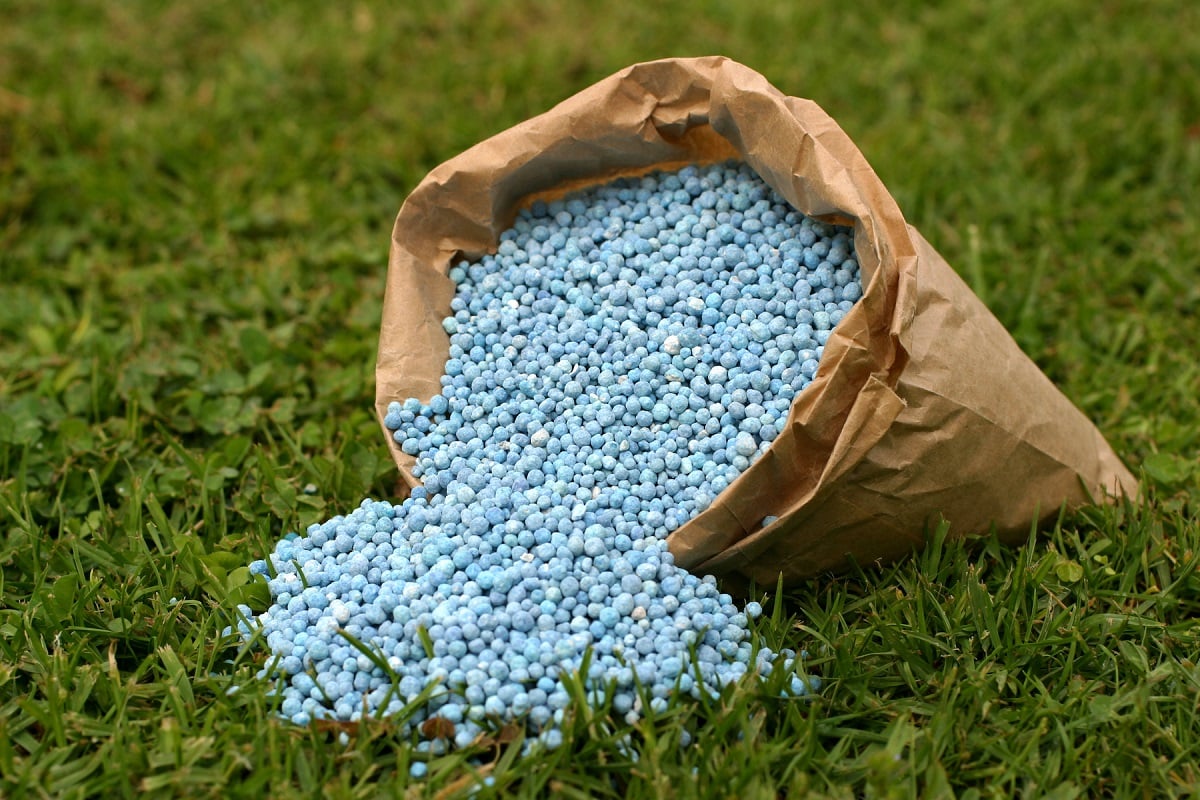

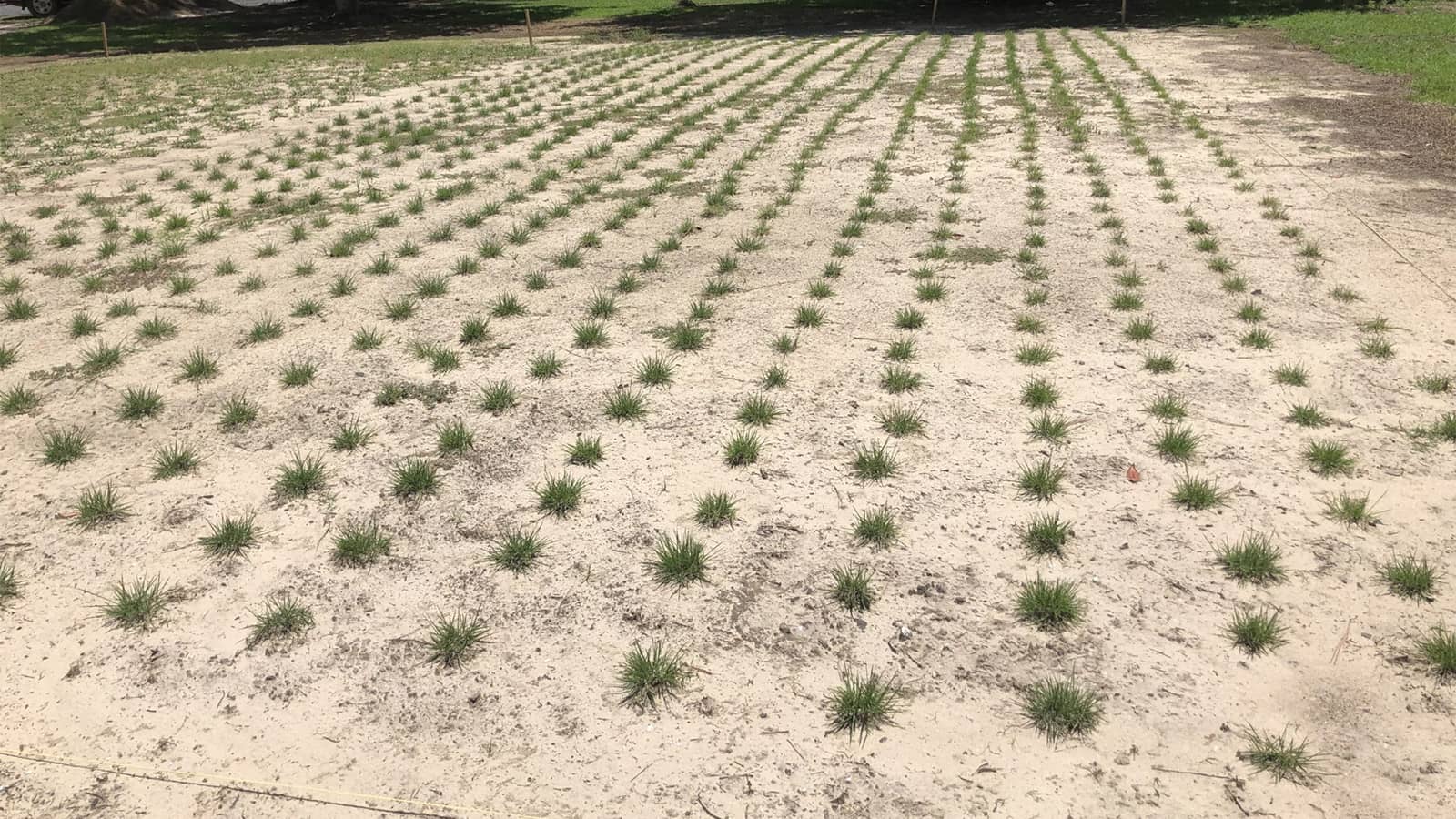
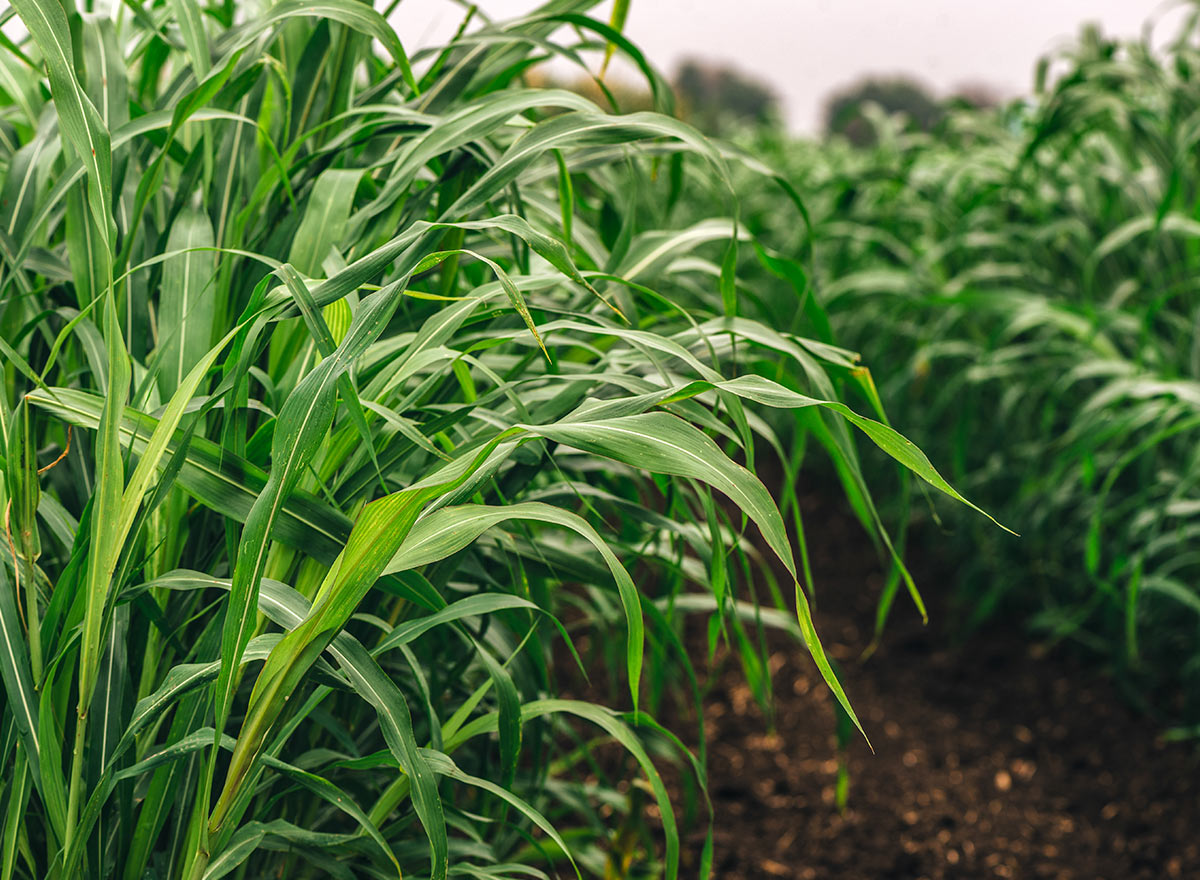


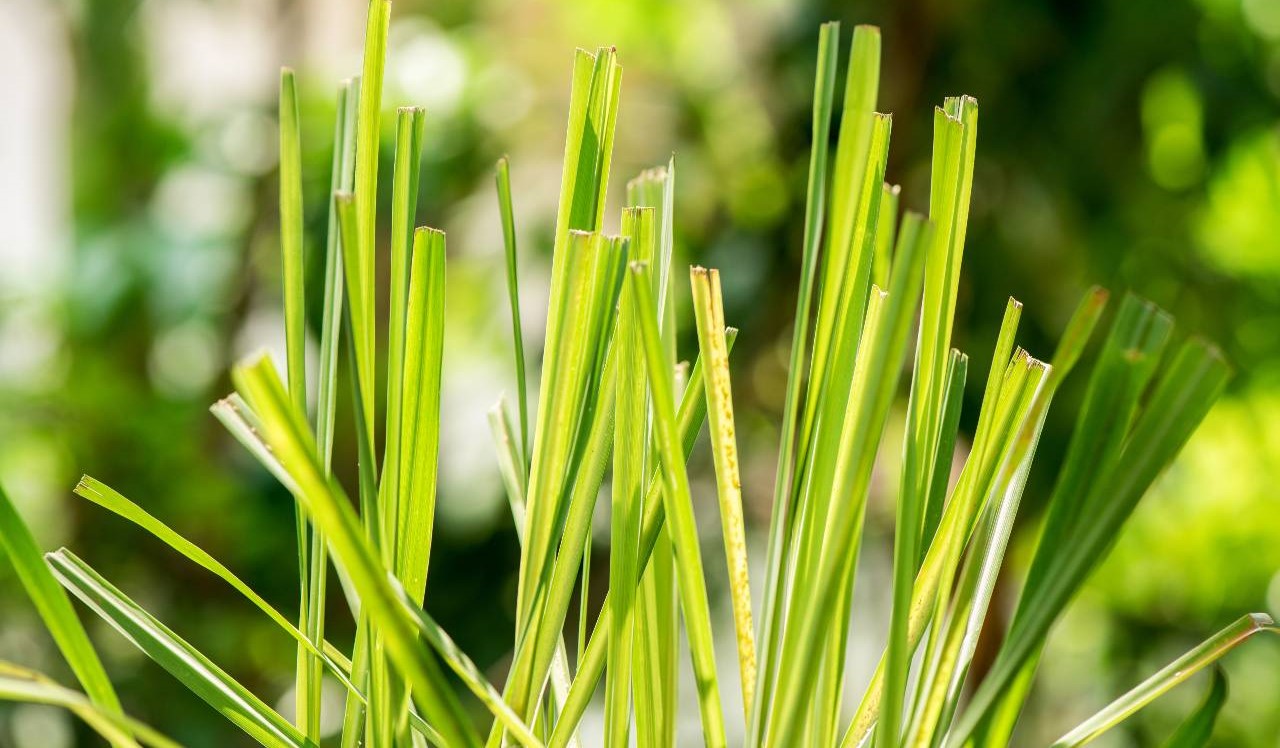
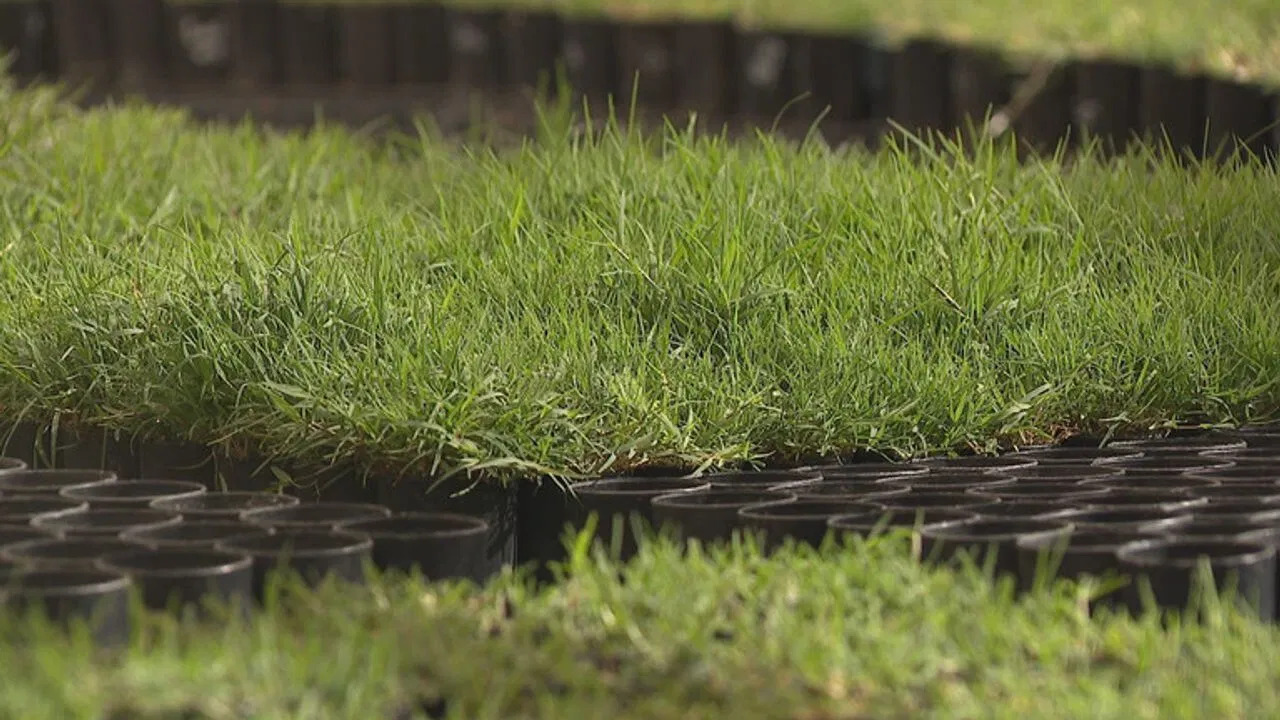


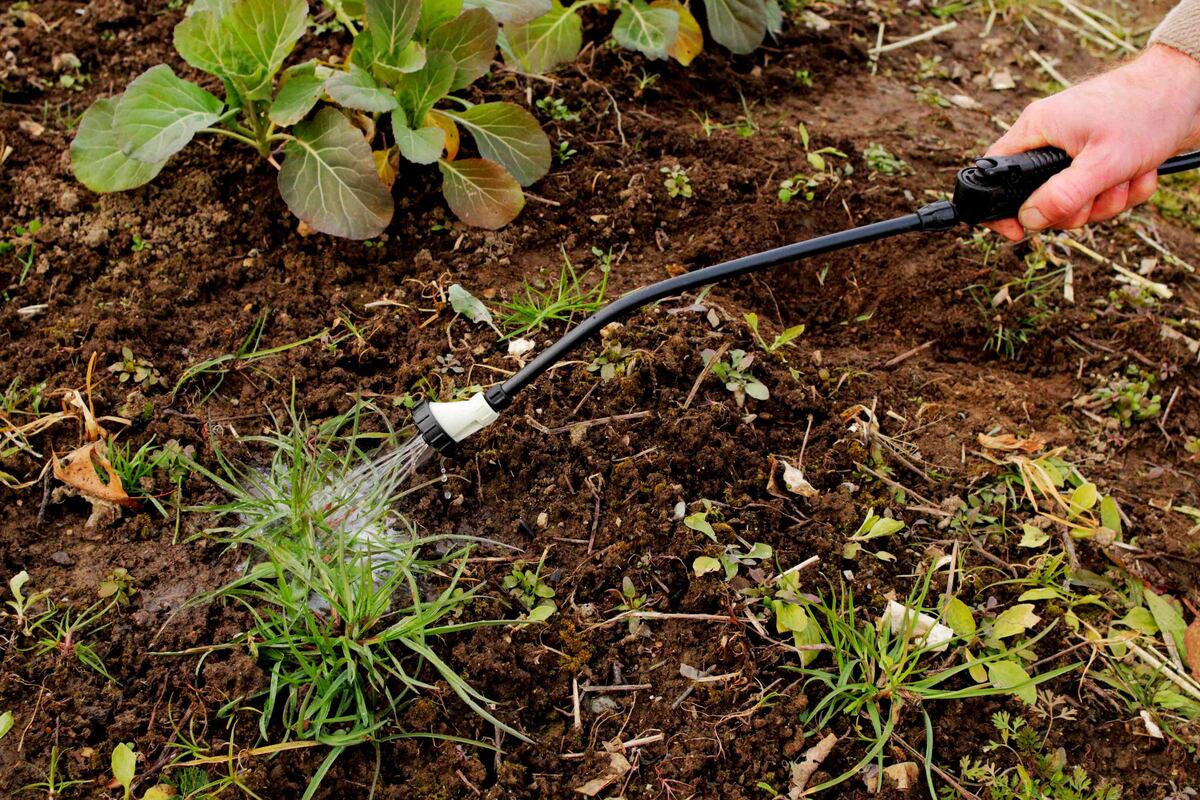
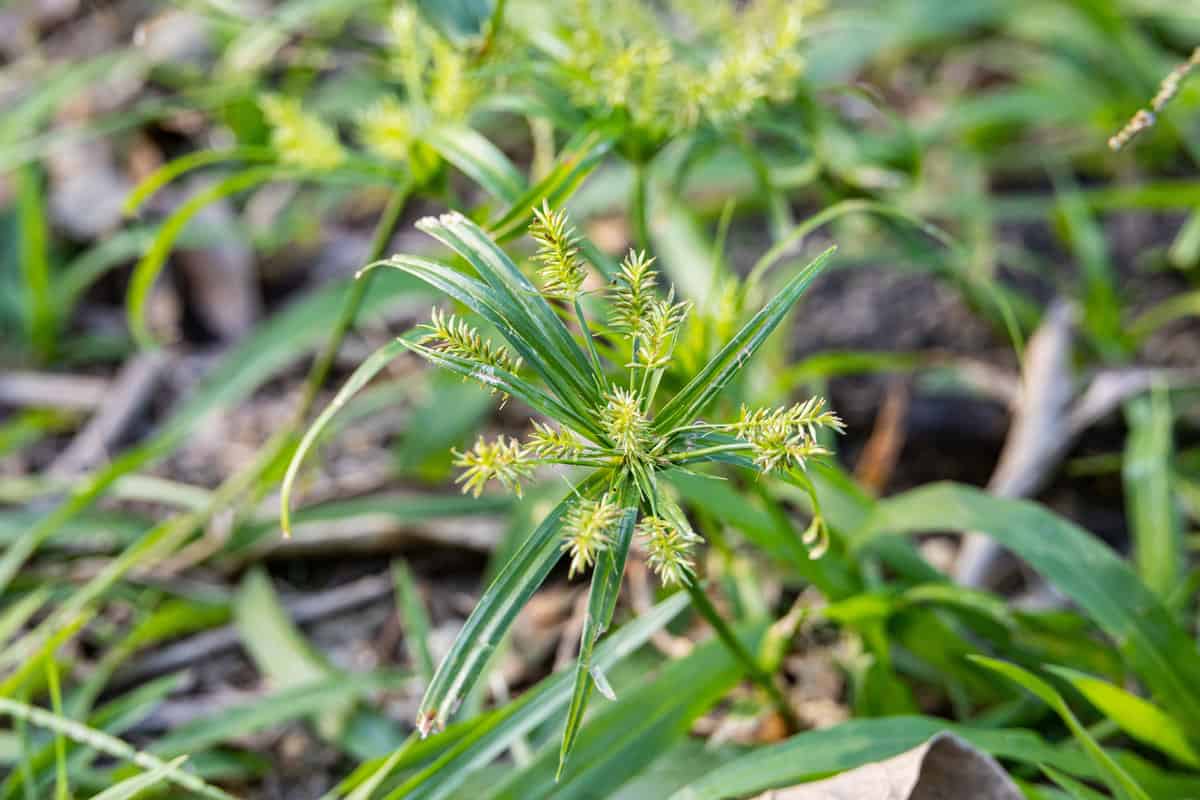



0 thoughts on “What Is Timothy Grass Used For”